OnePlus 5T 8GB detailed review
Like the OnePlus 3T which was an untimely update to ensure the latest hardware specifications, the OnePlus 5T is also a mid cycle update to bring some features, which were missing from the the OnePlus 5. This is OnePlus’ second flagship that’s been upgraded in less than six months, presumably to meet the newest trends in the market. The headline feature is definitely the display, but in our opinion the new camera is an equally important update. There are some other features that make the phone stand out. The question is, are the changes enough to qualify as an upgrade? Let’s find out.
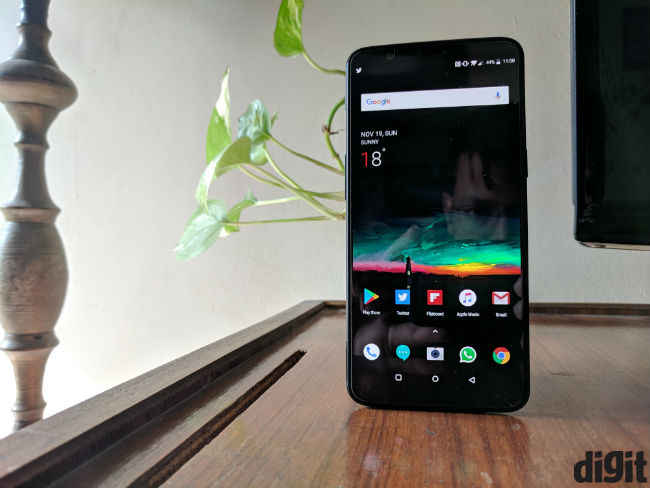
Taller display and similar design
Well, let's start with the most prominent change, the display. OnePlus 5T now features a 6-inch display with 18:9 aspect ratio. The display is now taller and stretches to both ends of the phone, while maintaining symmetry. OnePlus has maintained the overall size of the phone and the new phone is just as big, slim and slippery as the OnePlus 5. To make room for the display, the fingerprint scanner has been moved to the back and is easy to reach. It’s also just as fast as last time.
As for the display, it is a Samsung panel, which is similar to what the OnePlus 5 used. The resolution of the display on the OnePlus 5T also remains 1080p wide. Lengthwise, the pixel count has increased to 2160p, but that is a given on the taller aspect ratio. Whether OnePlus would have opted for a 2K resolution is open for debate, but in the past week or so using the device, we didn't find the experience lacking in any way.
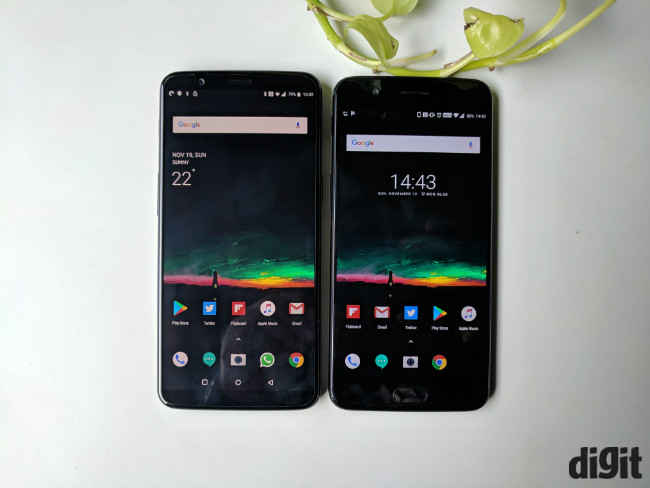
On the same note, we need to mention that even though the 18:9 aspect ratio is fast becoming a norm, most Android apps are not yet optimised for it. This is quite visible in games like Injustice 2, where menus are clipped, since it is running in zoomed-in mode. On the other hand, streaming apps like Netflix and Youtube work just fine, and you get a dedicated button or pinch to zoom to view the video in 18:9.

Injustice 2 menu
Just like last time, the phone still has an optic AMOLED panel, but this time OnePlus has added another screen calibration mode called “Adaptive mode”, which changes colour calibration according to the content on the display. It basically ups the contrast and colour saturation by a small margin from app-to-app. Although, we would suggest you keep the calibration on DCI-P3, which makes the colours on the display more natural. The white point of the display is better tuned here, making images look more natural than on the OnePlus 5. It’s not as warm a display as we had on the OnePlus 5, but it’s certainly pleasant to look at. As for the contrast levels and overall brightness the OnePlus 5T display seems similar to the one we saw on the OnePlus 5
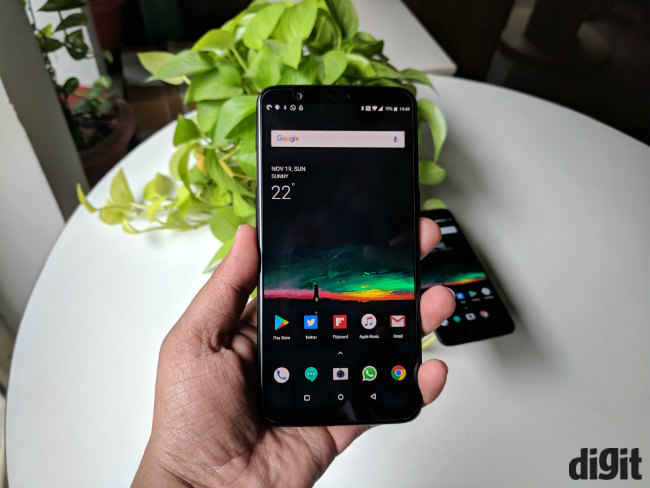
The design of the phone is similar to the phone it replaces and yes it does remind us of the iPhone 7 Plus / 8 Plus. It is not really a bad thing, as the phone is well built and feels solid. The beveled edges and 2.5D curved display make the phone prettier than any other phone in its price category. However, the OnePlus 5T still has a prominent camera bump, which the phone could have done without. The phone retains the much liked three step profile switcher toggle as well. You still get the standard headphone jack, which for music lovers like me is a primary requirement from a phone. At the same time, it is sad to see that the OnePlus 5T is still not water and dust resistant, which is fast becoming a norm across high-end phones.
Face unlock and other UI tricks
Since the fingerprint scanner has now been moved to the back, OnePlus has added a new “Face Unlock” feature to the OnePlus 5T. Because, why not?
It is simple to setup and takes not more than a few seconds to register your face. Once you are done, it is super fast and works 8 out of 10 times. It uses the front facing camera to detect your face and then unlocks, hence without a front facing flash, the phone struggles to unlock in extreme low light conditions. It also doesn't work when light is falling on the camera, but otherwise it almost as fast as the fingerprint scanner. I tried to fool the face unlock feature by photographs, portrait on large displays and even by shaving off my beard, but the camera could make out real from fake. Just like the iPhone X face unlock, the OnePlus 5T face unlock also doesn't work when when you have your eyes closed. It’s impressive software, albeit not a complete solution.

OnePlus maintains that the face unlock method is good to have, but it is not secure and hence you still need to authenticate via fingerprint scanner to make payments or log into secure apps.
You also have a new feature called parallel apps, which lets you clone popular apps and lets you run different accounts on them. Besides that, the UI remains largely the same with Oxygen OS 4.7. You do get the favorites, like reading mode, night mode and screen-off gestures, but that’s about it. The lift-up display mode gets a small change of font size and alignment, but nothing fancy. The UI is almost stock like, is super slick and quite light weight.
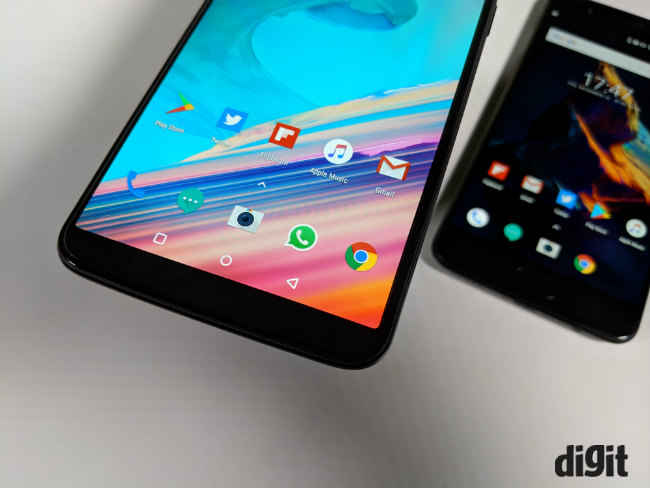
What we are not happy about is that the OnePlus 5T does not come with Android 8.0 Oreo out of the box. It has been almost three months since Oreo launch and we believe that flagship devices such as this should come with Android Oreo out of the box. To recall, OnePlus announced the OnePlus 3T with Android Marshmallow, upgrading it to Nougat in a few months, and then said that Android O would be the last upgrade for that phone.
Cameras see better in low light
Then there is the new camera setup. We have already talked about the new camera in our initial comparison between the OnePlus 5 vs OnePlus 5T, but we still need to go over a few things. To recap, it has a 16MP primary camera at the back, which uses the same IMX 398 sensor. It has a pixel size of 1.12um with a f/1.7 aperture and 27.22mm focal length. The secondary camera is again a 20MP unit using an IMX 376K sensor and a 1um pixel size. It has the same aperture and focal length as the primary camera. Hence, now the 2X zoom is done digitally. The OnePlus 5T does not suffer from any significant loss in quality when going from 2x optical zoom to 2x digital zoom on the OnePlus 5T.
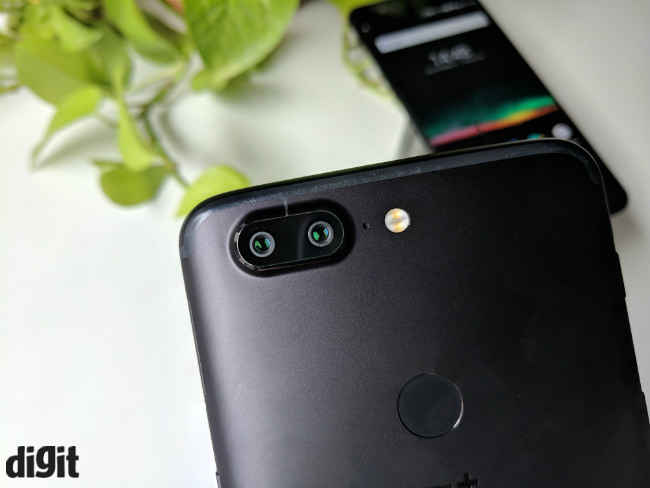

image taken in normal lighting conditions

2X Zoom

OnePlus 5 vs OnePlus 5T zoom compared (100% crop)
As for the normal image quality, the OnePlus 5T does an admirable job in normal lighting conditions, but still is not the best when it comes to flagship cameras. The images captured offer decent details, almost true-to-source colour saturation and good dynamic range (for a tiny sensor). The secondary camera here takes in depth data, which helps in overall image quality and subject separation. In low light conditions, the camera maintains better quality than most phones in the same price bracket. It captures good details and does not falter or slow down shutter speed dramatically. When the light is below 10 lux, the phone switches to the 20MP secondary camera, which captures better details than its predecessor. OnePlus has also tweaked the algorithm, which now minimises noise across the board. We think the camera on the One Plus 5T has much more potential, but can only be exploited using the Pro mode. The image you see here is a fine example of that as we couldn't take this macro shot without switching to Pro mode.

Image taken in low light conditions by the 20MP camera
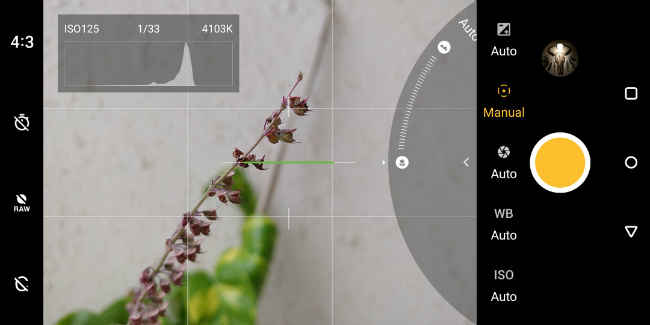
Pro mode

Image taken in Pro mode
The secondary camera also achieves better portraits shots compared to the OnePlus 5, capturing more details and much better colour saturation. The good thing is that because of wider aperture, there is no frame cropping as you move from normal mode to portrait mode. The camera also maintains better subject separation around the edges, although it is not as great as done by the new Pixel.
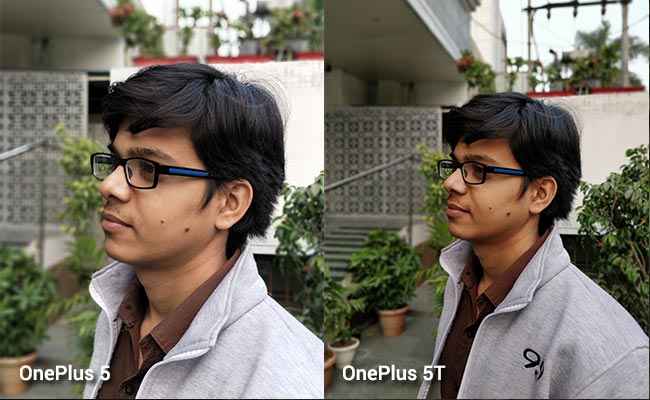

OnePlus has also brought better EIS support to video capture and from what we observed, the video quality in 4K is now pretty smooth on most occasions, which is a big compliment for the phone. Videos shot in 1080p 60fps also make use of EIS and come out slightly less jerky than the one shot on the OnePlus 5. The autofocus tackles the movement quite well and changes focus quite smoothly.
The front-facing 16MP camera remains exactly the same, but the new camera algorithm also helps the selfie camera in low light situations. Image quality during the day is again one of the best we have seen in the price segment.


Performance remains unchanged
Like the front facing camera, the internals have remained unchanged as well. The OnePlus 5T features the much used Qualcomm Snapdragon 835 SoC. Our test unit is the higher variant and features 8GB of RAM and 128GB of storage. Having the same configuration means the performance is almost exactly the same as the OnePlus 5. Be it synthetic benchmarks or day-to-day performance, there is nothing different here. All apps run quite smooth, we didn't find any issues with its calling capabilities and you can install any game on this phone and it will run just fine. Most importantly, the 8GB of RAM is quite copious enough to keep more than 50+ apps running in the background. Here is a look at the benchmarks where it keeps up with all high-end smartphones.
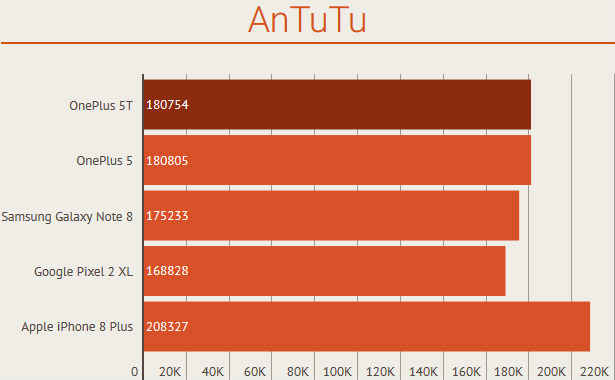
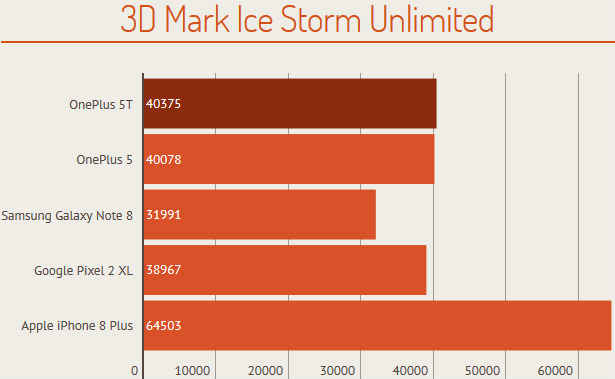
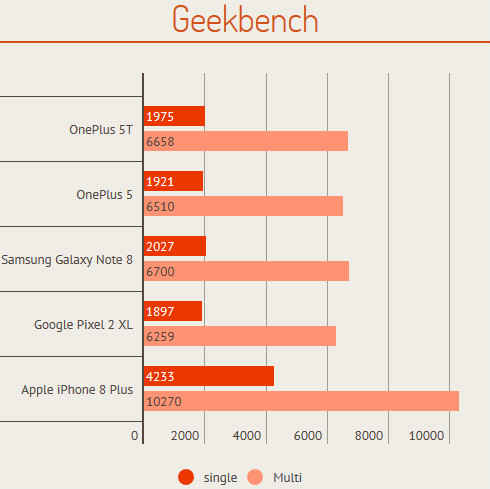
Charge once a day
The OnePlus 5T has a similar 3300mAh battery as its predecessor and works the same as well. Using the phone as a daily driver, we got about 6-7 hours of screen on time from the device, which easily took us through a work day. Charging to 100% in the morning and using it all day with a fair amount of gaming, video streaming, music streaming calling, camera and social media left us with more than 20% of battery at the end of the day. In PC Mark’s battery test, the phone scored 5 hours and 44 minutes on full brightness. More importantly, Dash charging remains the fastest way to charge a smartphone and charges the phone to up to 80% in less than an hour.
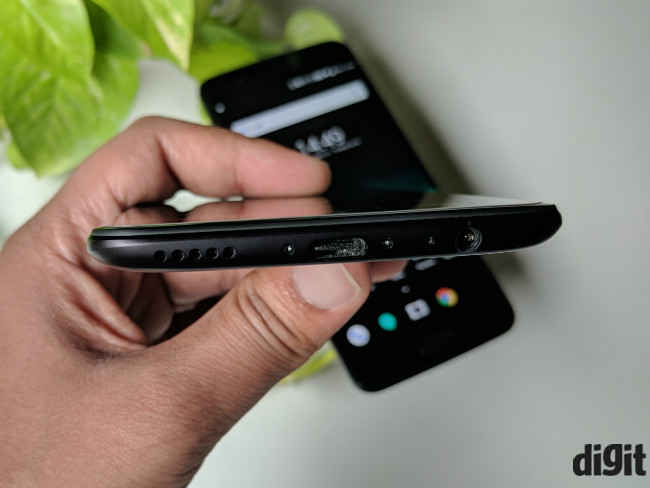
Bottomline
Overall, the OnePlus 5T is a superb value for your money. It performs like any other flagship launched in 2017, finally has the 18:9 aspect ratio display and the camera is now updated. Adding to this, the battery life is good enough for a day’s worth of use. All things considered, this makes the OnePlus 5T a really good phone, filling the gap left in the market by the much loved Google Nexus. Is it better than the Pixel as well? Well, that depends whether you are willing to compromise on camera quality and the latest Android OS.
Who should buy it?
So, if you have a OnePlus 5, this isn’t an upgrade. In our opinion, the new updates aren't as big an update over the OnePlus 5, unless you have an affinity for 18:9 displays. Otherwise, if you have an older OnePlus device or anything lesser than a OnePlus 5 for that matter, then yes, the OnePlus 5T is best phone to buy right now.
[ad_2]
Source link

Post a Comment